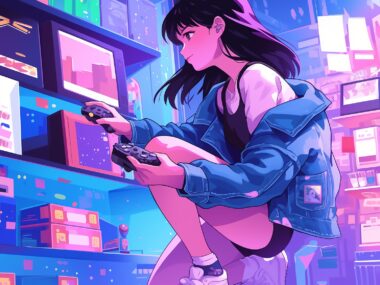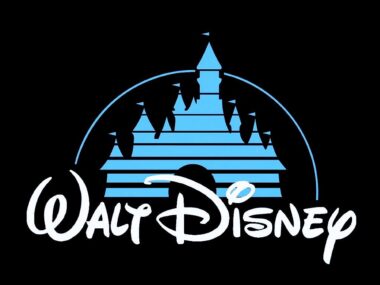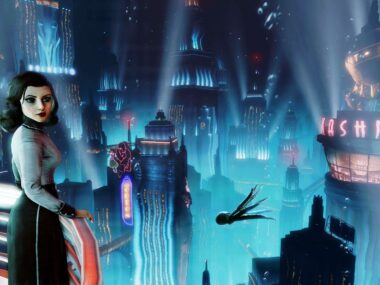When Randy Pitchford first implied that players would “find a way” to pay $80 for a game if they wanted it badly enough, the internet reacted, and rightly so. The comment came off as dismissive of real-world financial struggles. I mentioned how his response lacked compassion and was an unfair comparison to how things are currently.
But now, there’s a follow-up. Pitchford has offered a more thoughtful explanation about the potential $80 price tag for Borderlands 4.
This time, he started with something refreshing: “I don’t know.” That’s a great start. He went on to talk about the increased budget for the game, the upcoming preorders, and the business realities involved. It was a much more grounded response. To be fair (I always try to be fair), it’s easier to expand your thoughts when speaking than typing a tweet. Credit where it’s due.
But here’s the thing: it’s not actually his decision. So why was he the one out front making these statements in the first place?
If It’s Not Your Call, Why Step In?
Pitchford isn’t setting the price. That job belongs to Take-Two, the publisher. So let’s take the burden off Randy’s shoulders and turn our attention to the real decision-makers.
When people are struggling financially, they make cuts. They don’t make major purchases. They tighten their belts. But Take-Two? They just bought Gearbox and doubled the Borderlands 4 budget. That’s not what financial hardship looks like.
If anything, it’s a clear signal: Take-Two is thriving. And if they could afford these moves while pricing games at $70, what’s the justification for $80 now?
Raising the Price Without Necessity
Let’s be honest. Game budgets are growing, yes. But Take-Two has already adapted to that reality. They’ve added microtransactions. They offer advance access upsells. They have collector’s editions and deluxe tiers. Revenue streams have expanded far beyond the old boxed model.
So the question is: Is the base price increase really about covering costs or just padding profits?
The idea that a higher price guarantees more value doesn’t hold up. In the past, paying full price meant something: you got the whole game, you owned the game, no strings attached. Today? You’re paying more upfront, for a license, and being asked to pay more later. That’s not added value. That’s extraction.
Indie Devs Are Doing More With Less
Let’s not forget the quiet success stories of indie developers. Small teams are delivering creative, polished, and often unforgettable experiences without mega budgets or $80 price tags. They’re proving that innovation and value aren’t tied to corporate size or spending power.
So if indies can thrive at fair prices, why can’t giants like Take-Two?
What Are We Paying For?
We’re not just buying games, we’re buying into a company’s philosophy. Are we supporting thoughtful pricing? Are we getting full experiences? Or are we being squeezed because the publisher knows we’ll pay up anyway?
Raising prices should be a last resort, not a default move for a company already profiting from multiple revenue streams.
It’s simple: If you’re thriving at $70, prove why you need $80. Because right now, from the outside looking in, it doesn’t seem like you do.






